The introduction sets the stage for your entire essay or article, providing readers with a glimpse of what to expect and why the topic is important.
It should grab the reader’s attention and provide context for the rest of the content.
Here’s how to craft a compelling introduction:
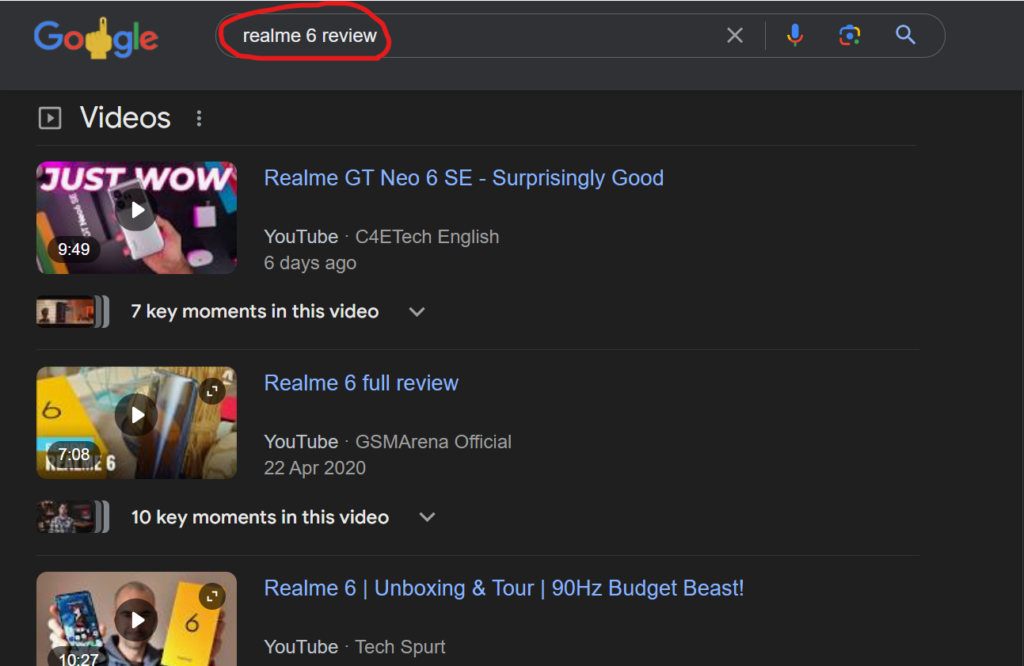
Key Points:
Hook the Reader: Start with an attention-grabbing hook that draws readers in and piques their curiosity. This could be a surprising fact, an intriguing question, a relevant quote, or a compelling anecdote.
Provide Context: Briefly introduce the topic and why it matters. Explain why readers should care about what you’re going to discuss and what they stand to gain from reading further.
Thesis Statement: End your introduction with a clear and concise thesis statement that outlines the main argument or purpose of your essay or article. This provides readers with a roadmap for what to expect in the rest of the content.
Strategies for Crafting an Effective Introduction:
1. Know Your Audience: Consider who your audience is and what they’re interested in. Tailor your introduction to appeal to their interests and motivations.
2. Be Clear and Concise: Keep your introduction focused and to the point. Avoid unnecessary details or tangents that might distract from the main topic.
3. Revise and Edit: Take the time to revise and edit your introduction to ensure it effectively sets the stage for your content. Consider seeking feedback from others to ensure clarity and impact.
FAQ:
Q: How long should an introduction be?
A: The length of an introduction can vary depending on the overall length and complexity of your essay or article.
In general, aim for an introduction that is concise yet informative, typically comprising a few paragraphs or around 10-15% of the total word count.
However, prioritize clarity and effectiveness over strict adherence to a specific length.
Q: Should I include background information in my introduction?
A: Including some background information in your introduction can be helpful for providing context and setting the stage for your topic.
However, be mindful of not overwhelming readers with too much detail upfront.
Focus on providing relevant background information that directly relates to your thesis statement and the main points you’ll be discussing in the rest of the content.
Understanding Search Engine Algorithms for Videos
When you upload a video online, like on YouTube or other platforms, it doesn’t magically appear at the top of search results.
Search engines, like Google uses complex Google algorithms to decide which videos to show first when someone searches for something.
Let’s break down how these algorithms work:
Key Information:
Relevance: Search engines want to show people videos that match what they’re looking for. They analyze things like the title, description, and tags of your video to understand what it’s about.
Engagement: How people interact with your video matters. If lots of people watch your video all the way through, like it, comment on it, or share it, that tells the algorithm that your video is interesting and valuable.
Authority: Search engines also consider who made the video and how reputable they are. If your video comes from a trusted source or has lots of backlinks (links from other websites), it’s more likely to rank higher.
Freshness: Sometimes, newer videos get a boost. If your video is about a trending topic or breaking news, it might show up higher in search results, especially right after you upload it.
Quality: High-definition videos with clear audio and visuals are more likely to rank well. Search engines want to deliver a good experience to their users, so they prefer videos that look and sound professional.
FAQ:
1. Can I trick the algorithm to make my video rank higher?
Trying to cheat the algorithm by using misleading titles, descriptions, or tags might work temporarily, but it’s not a good long-term strategy.
Search engines are getting smarter and can penalize or even remove videos that try to game the system.
2. Do I need to upload my video to multiple platforms to improve its visibility?
While uploading your video to multiple platforms can increase its reach, focusing on one platform where your target audience is most active and optimizing your video for that platform’s algorithm is often more effective.
It’s better to have one high-performing video than several mediocre ones spread across different platforms.
Keyword Research for Video Content
Keyword research is a crucial step in Video SEO that helps you understand what your audience is searching for and optimize your videos accordingly.
By identifying the right keywords, you can increase the chances of your videos being discovered by your target audience on search engines like Google and YouTube.
Here’s how keyword research for video content works and why it’s important:
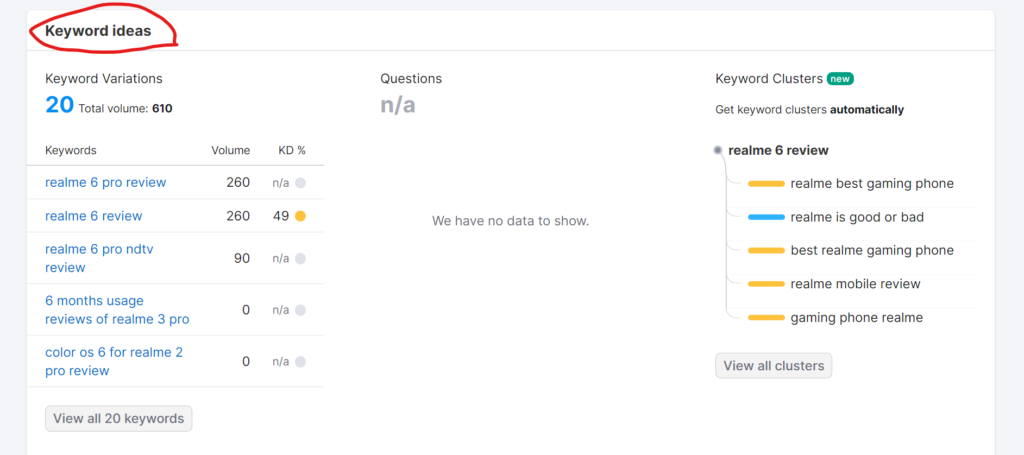
Key Points:
Understanding Audience Intent: Keyword research allows you to understand the topics and phrases your audience is interested in, helping you create relevant video content.
Increasing Visibility: By targeting popular and relevant keywords, you can improve the visibility of your videos in search results and attract more viewers.
Competitor Analysis: Analyzing keywords used by your competitors can provide insights into effective strategies and help you identify gaps or opportunities in your own content.
Long-Tail Keywords: Long-tail keywords are longer, more specific phrases that often have less competition and can attract highly targeted traffic to your videos.
Trend Analysis: Monitoring keyword trends and seasonal patterns can help you create timely content that resonates with your audience and capitalizes on current interests.
Strategies for Keyword Research:
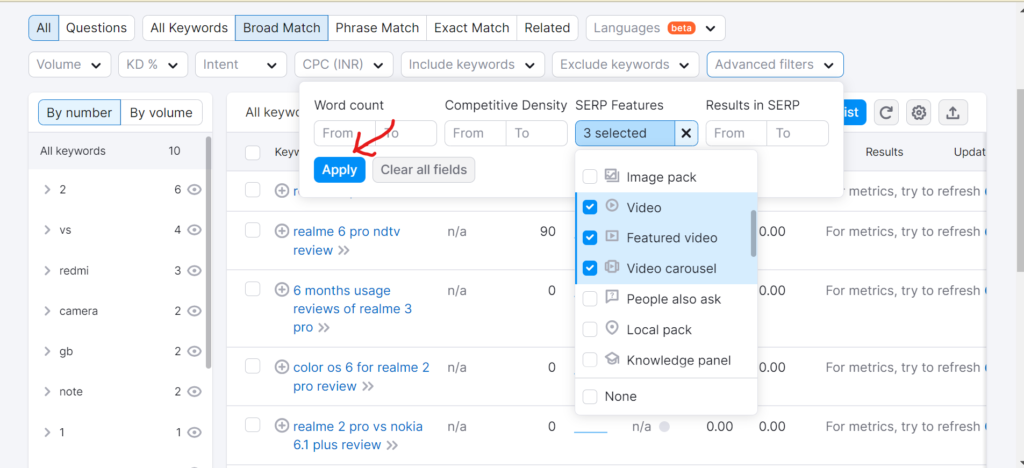
1. Use Keyword Research Tools: Utilize tools like Google Keyword Planner, SEMrush, or Ahrefs to identify relevant keywords and assess their search volume and competition.
2. Brainstorm Topic Ideas: Think about the topics and questions related to your niche or industry that your audience might search for.
3. Analyze Search Queries: Look at the search queries and autocomplete suggestions provided by search engines to understand common search patterns.
4. Consider User Intent: Consider the intent behind different keyword phrases (e.g., informational, transactional, navigational) and tailor your content accordingly.
5. Test and Refine: Continuously test and refine your keyword strategy based on performance metrics and changes in audience behavior.
FAQ:
Q: How many keywords should I target for my videos?
A: There’s no set number of keywords you should target for your videos.
Instead, focus on identifying a mix of high-volume, competitive keywords, as well as long-tail keywords that are more specific to your content.
Aim for relevance and diversity in your keyword selection.
Q: Can I use the same keywords for multiple videos?
A: While it’s okay to target overlapping keywords across multiple videos, it’s essential to ensure that each video offers unique and valuable content.
Avoid keyword stuffing or using identical titles and descriptions for multiple videos, as this can harm your SEO efforts.
Instead, focus on creating varied and engaging content that caters to different aspects of your target audience’s interests and needs.
Optimizing Video Titles and Descriptions
The title and description are like a sneak peek that tells viewers and search engines what your video is about.
Optimizing your video titles and descriptions is essential for improving your video’s visibility and attracting more viewers on platforms like YouTube.
Here’s how you can optimize your video titles and descriptions to get more clicks and views:
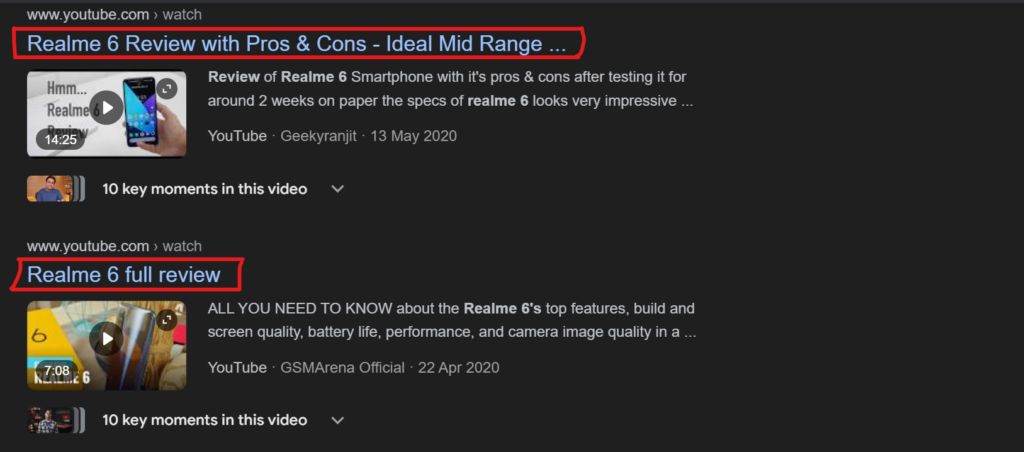
Key Points:
Clear and Descriptive Titles: Your video title should accurately describe the content of your video in a clear and compelling way. It should grab the viewer’s attention and entice them to click.
Incorporate Keywords: Include relevant keywords in your titles to improve your video’s chances of appearing in search results. Choose keywords that accurately reflect the topic of your video and match what your target audience is searching for.
Front-load Important Information: Put the most critical information at the beginning of your title to ensure it’s visible in search results and captures the viewer’s interest immediately.
Utilize Descriptions Effectively: Write detailed and informative descriptions that provide additional context about your video. Use keywords naturally throughout the description to help search engines understand the content.
Include Call-to-Actions (CTAs): Encourage viewers to take action by including CTAs in your descriptions, such as subscribing to your channel, visiting your website, or watching related videos.
Formatting Matters: Use formatting techniques like bullet points, paragraphs, and timestamps to make your descriptions easier to read and navigate. Break up long blocks of text to improve readability.
Stay Honest and Accurate: Avoid clickbait tactics or misleading titles and descriptions that promise something the video doesn’t deliver. Building trust with your audience is crucial for long-term success.
Strategies for Optimizing Video Titles and Descriptions:
1. Conduct Keyword Research: Identify relevant keywords that align with your video content and audience interests.
2. Craft Compelling Titles: Create titles that are concise, descriptive, and attention-grabbing.
3. Write Detailed Descriptions: Provide context, background information, and relevant links in your video descriptions.
4. Test and Iterate: Experiment with different titles and descriptions to see what resonates best with your audience, and adjust your approach accordingly.
FAQ:
Q: How long should my video title be?
A: Aim for a title that’s concise and to the point, ideally around 60 characters or less.
This ensures that your entire title is visible in search results and doesn’t get cut off.
However, prioritize clarity and relevance over strict character limits.
Q: Can I change my video title and description after publishing?
A: Yes, you can edit your video title and description after publishing on platforms like YouTube.
This allows you to optimize your content based on viewer feedback, performance metrics, or changes in your strategy.
Just be mindful of any impact changes may have on existing viewers and search rankings.
Creating Engaging Video Thumbnails
Video thumbnails are the small images that viewers see before they click to watch a video.
They play a significant role in attracting attention and encouraging viewers to click and watch your content.
An engaging thumbnail can make your video stand out among others and increase the chances of viewers choosing to watch it. Here’s how you can create compelling video thumbnails:
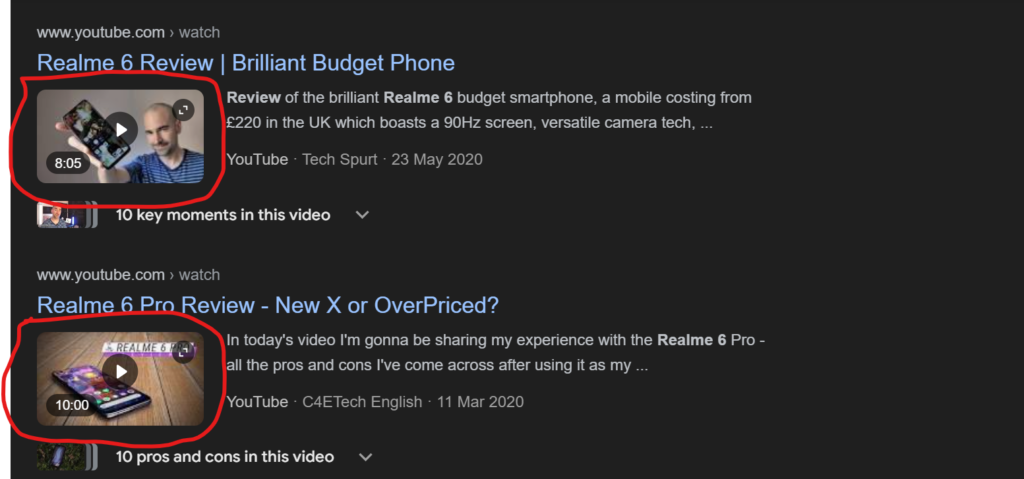
Key Points:
Visual Appeal: Choose an image for your thumbnail that is visually appealing and relevant to the content of your video. It should capture the viewer’s attention and give them a glimpse of what to expect.
High-Quality Images: Use high-resolution images for your thumbnails to ensure clarity and professionalism. Blurry or pixelated thumbnails may deter viewers from clicking on your video.
Consistent Branding: Maintain consistency with your branding elements, such as colors, fonts, and logos, across your video thumbnails. This helps viewers recognize your content and builds brand awareness.
Clear and Readable Text: If you include text on your thumbnail, make sure it’s clear, concise, and easy to read, even at smaller sizes. Use large fonts and contrasting colors to ensure readability.
Emphasize Emotions and Benefits: Highlight emotions or key benefits of your video content in the thumbnail to evoke curiosity and interest in viewers. Show them why they should click and watch your video.
A/B Testing: Experiment with different thumbnail designs to see which ones perform best with your audience. Analyze metrics such as click-through rate (CTR) to determine the most effective thumbnail variations.
Strategies for Creating Engaging Video Thumbnails:
1. Capture Key Moments: Select a frame from your video that captures a compelling or intriguing moment to use as your thumbnail.
2. Use Custom Graphics: Create custom graphics or overlays to enhance your thumbnail and make it more visually appealing.
3. Add Thumbnails to Your Workflow: Incorporate thumbnail creation into your video production process early on to ensure you have engaging thumbnails ready when you publish your videos.
4. Stay Relevant: Ensure that your thumbnail accurately represents the content of your video to avoid misleading viewers and maintain their trust.
FAQ:
Q: Can I use screenshots as thumbnails?
A: Yes, you can use screenshots from your video as thumbnails, but it’s essential to choose a frame that is visually appealing and representative of your content. Consider enhancing screenshots with custom graphics or text overlays to make them more engaging.
Q: What size should my video thumbnails be?
A: While different platforms may have specific guidelines for thumbnail sizes, a common recommendation is to use thumbnails with dimensions of 1280 pixels wide by 720 pixels tall (known as 720p resolution). This size ensures high-quality thumbnails that look sharp and clear on various devices and screen sizes.
Promoting Video Content Across Platforms
Once you’ve created your video content, the next step is to promote it across various platforms to reach a wider audience and maximize its impact.
Promoting your video content involves sharing it strategically on social media, embedding it in blog posts, and leveraging other online channels to increase visibility and engagement.
Here are some effective strategies for promoting your video content across platforms:
Key Points:
Social Media Sharing: Share your videos on popular social media platforms like Facebook, Twitter, Instagram, LinkedIn, and TikTok to reach your followers and attract new viewers.
Utilize Relevant Hashtags: Use relevant hashtags in your social media posts to increase the discoverability of your videos and reach users interested in specific topics.
Collaborate with Influencers: Partner with influencers or other content creators in your niche to expand your reach and tap into their audience.
Embed Videos in Blog Posts: Embed your videos in blog posts related to your content to provide additional context and drive traffic to your website or platform.
Email Marketing: Promote your videos to your email subscribers by including links or previews in your newsletters and email campaigns.
Cross-Promotion: Cross-promote your videos across different platforms and channels you own to maximize exposure and engagement.
Paid Advertising: Consider investing in paid advertising on platforms like YouTube, Facebook, or Instagram to reach a broader audience and target specific demographics.
Engage with Your Audience: Respond to comments, messages, and feedback from your audience to foster community engagement and build relationships.
Strategies for Promoting Video Content Across Platforms:
1. Develop a Promotion Plan: Create a comprehensive promotion plan outlining the platforms, tactics, and timeline for promoting your video content.
2. Schedule Posts in Advance: Use social media management tools to schedule posts in advance and ensure consistent promotion across platforms.
3. Optimize Your Content for Each Platform: Tailor your messaging and formatting to fit the requirements and preferences of each platform you’re promoting your videos on.
4. Analyze Performance Metrics: Monitor the performance of your video promotion efforts using analytics tools to identify which platforms and tactics are most effective.
FAQ:
Q: How often should I promote my videos on social media?
A: The frequency of promoting your videos on social media depends on factors like your audience’s preferences, platform algorithms, and the volume of your content.
Aim for a balance between promoting your videos enough to stay visible and engaging with your audience without overwhelming them with constant promotions.
Q: Is it better to promote my videos organically or through paid advertising?
A: Both organic promotion (e.g., social media sharing, email marketing) and paid advertising have their advantages and can be effective strategies for promoting your video content.
Organic promotion helps build genuine engagement and relationships with your audience, while paid advertising can help amplify your reach and target specific demographics.
Consider incorporating a mix of both organic and paid promotion tactics to maximize the impact of your video content promotion efforts.
Monitoring and Analyzing Video Performance
After you’ve published your video content, it’s crucial to monitor and analyze its performance to understand how well it’s resonating with your audience and identify areas for improvement.
By tracking key metrics and analyzing data, you can gain valuable insights that inform your future video content strategy.
Here’s how to effectively monitor and analyze the performance of your video content:
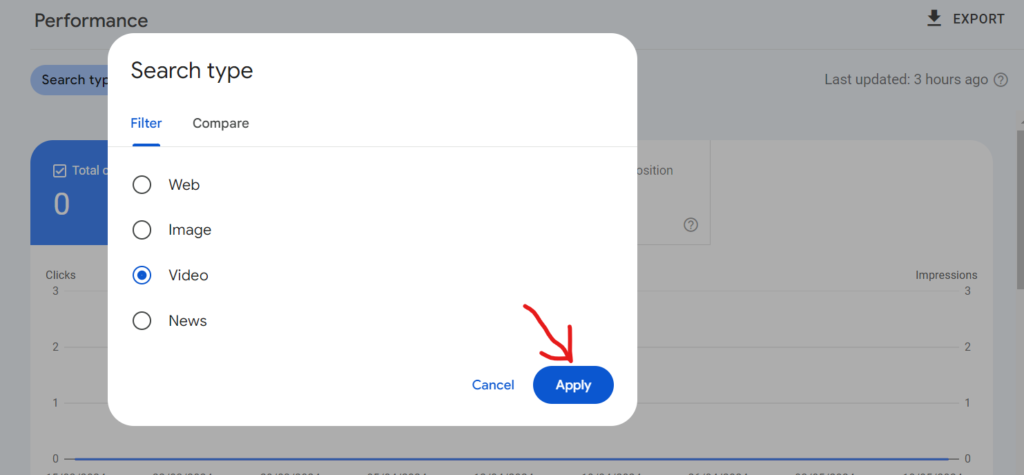
Key Points:
View Count: Track the total number of views your video receives to gauge its overall popularity and reach.
Watch Time: Measure the total amount of time viewers spend watching your video, as this indicates the level of engagement and interest it generates.
Engagement Metrics: Monitor metrics like likes, comments, shares, and click-through rate (CTR) to assess viewer interaction and feedback.
Audience Demographics: Analyze demographic data such as age, gender, location, and device used to understand your audience’s characteristics and preferences.
Traffic Sources: Identify the sources driving traffic to your videos, including search engines, social media, external websites, and direct referrals.
Retention Rate: Evaluate how well your video retains viewers’ attention over time by examining the audience retention graph and drop-off points.
Conversion Metrics: If applicable, track conversion metrics such as sign-ups, purchases, or other desired actions taken by viewers after watching your video.
Benchmarking: Compare the performance of your videos against each other and industry benchmarks to assess performance relative to expectations.
Strategies for Monitoring and Analyzing Video Performance:
1. Set Goals and KPIs: Define clear objectives and key performance indicators (KPIs) for your video content to guide your monitoring and analysis efforts.
2. Use Analytics Tools: Utilize platforms’ built-in analytics tools (e.g., YouTube Analytics, Google Analytics) or third-party tools to collect and analyze data effectively.
3. Regularly Review Performance: Make it a habit to review your video performance regularly, ideally on a weekly or monthly basis, to track progress and identify trends over time.
4. Experiment and Iterate: Use insights from your performance analysis to experiment with different video formats, topics, and promotion strategies, and iterate based on what works best.
FAQ:
Q: Which video metrics should I prioritize when analyzing performance?
A: The most important video metrics to prioritize when analyzing performance depend on your specific goals and objectives.
However, commonly prioritized metrics include watch time, engagement (likes, comments, shares), and conversion metrics (if applicable).
Focus on metrics that align with your goals and provide meaningful insights into viewer behavior and preferences.
Q: How can I use performance data to improve my future video content?
A: Performance data can provide valuable insights into what types of content resonate best with your audience, which platforms drive the most traffic, and how viewers engage with your videos.
Use this data to inform your content strategy by creating more of what works well, experimenting with new ideas, and optimizing your promotion tactics.
Iterating based on performance analysis can help you continually improve the effectiveness and impact of your video content.
Conclusion and Key Takeaways
In conclusion, mastering Video SEO is crucial for ensuring your videos are discoverable and reach the right audience on platforms like Google and YouTube.
By implementing effective strategies such as keyword research, optimizing titles and descriptions, and promoting your content across platforms, you can increase the visibility and engagement of your videos.
Here are some key takeaways to remember:
Key Points:
- Keyword Research: Conduct thorough keyword research to identify relevant keywords and phrases that your audience is searching for.
- Optimization Techniques: Optimize your video titles, descriptions, and thumbnails with relevant keywords and compelling content to improve search visibility and attract more viewers.
- Promotion Strategies: Promote your video content across various platforms, including social media, blogs, and email newsletters, to reach a wider audience and maximize exposure.
- Monitoring and Analysis: Continuously monitor and analyze the performance of your videos using metrics such as views, watch time, engagement, and audience demographics. Use these insights to refine your content strategy and improve future videos.
- Experimentation and Iteration: Don’t be afraid to experiment with different approaches and iterate based on performance data. Keep refining your Video SEO tactics to stay ahead in the ever-evolving digital landscape.
FAQ:
Q: How long does it take to see results from Video SEO efforts?
A: The timeline for seeing results from Video SEO efforts can vary depending on factors such as the competitiveness of your niche, the quality of your content, and the effectiveness of your optimization strategies. While some improvements may be noticeable relatively quickly, significant results may take time to manifest. Consistent effort and optimization are key to long-term success.
Q: What should I do if my videos aren’t performing as expected?
A: If your videos aren’t performing as expected, don’t be discouraged. Instead, use performance data to identify areas for improvement and experiment with different strategies. Consider adjusting your keywords, titles, or promotion tactics, and monitor the impact of these changes over time. Remember that Video SEO is an ongoing process, and persistence and adaptability are essential for success.